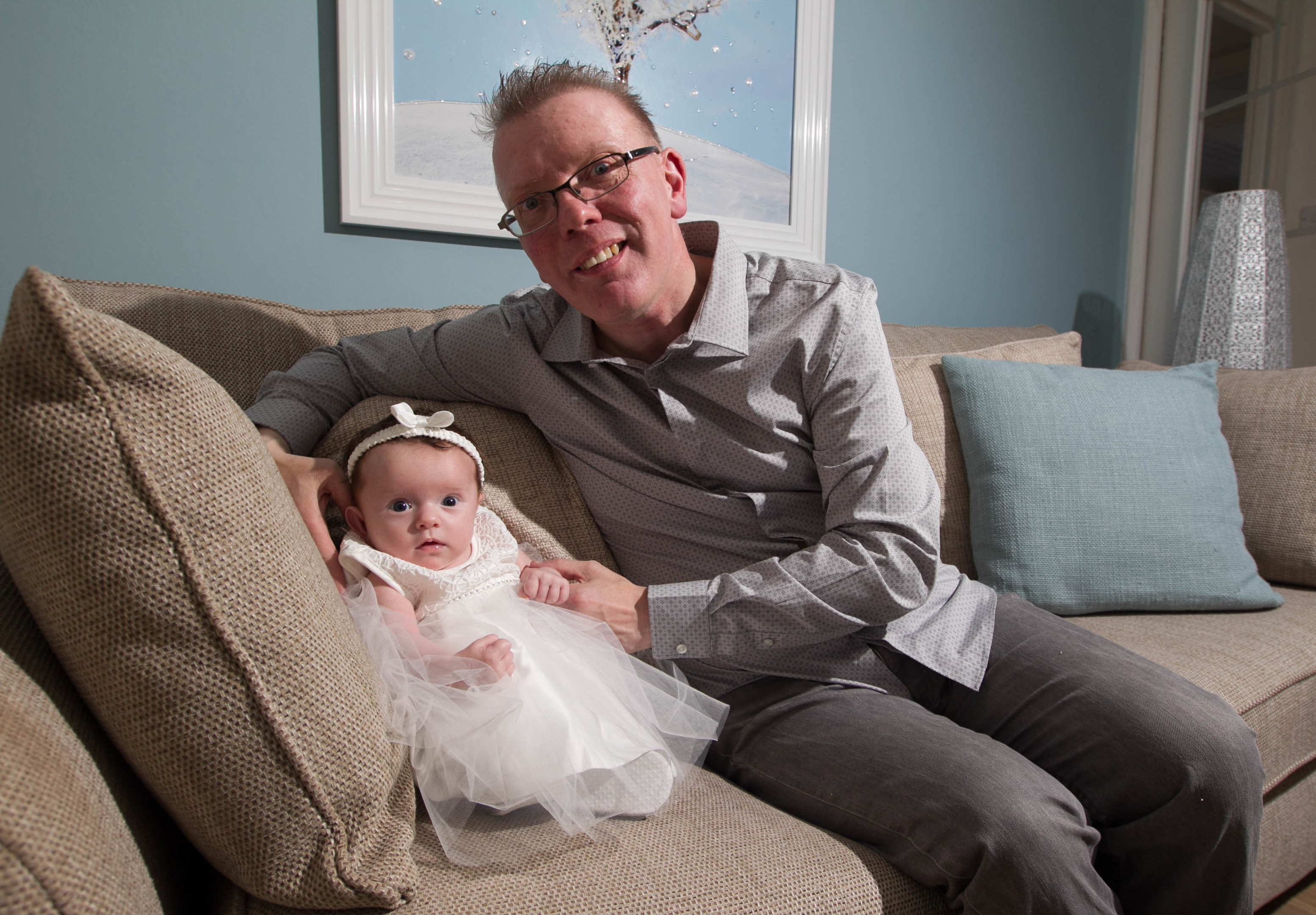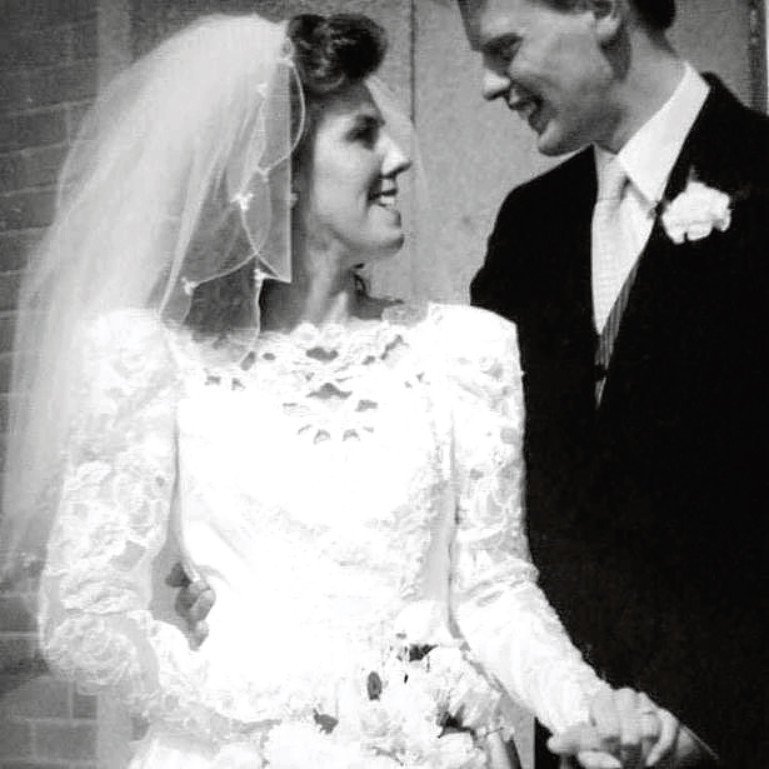
WHEN Michael Conway first felt a strange tingling in his right arm and noticed he was shuffling his feet back in 2009, doctors were stumped.
Then in May 2016, after five years of testing and being misdiagnosed with MS five months earlier, Michael was shocked to discover he actually had adrenoleukodystrophy (ALD).
The deadly genetic neurological disease affects just one in 20,000 men in the UK. There is no cure and no medication, despite continuing research.
“It’s strange to think I’ve had this since the day I was born and knew nothing about it,” said the 51-year-old from Renfrew.
“When the doctor said this word I’d never heard of, I just couldn’t break it down. I had to ask him to write it down for me!
“I still haven’t met anyone else who has it.”
While women can be carriers of ALD, like Michael’s mum was, the genetic disease mainly attacks male patients.
It destroys myelin, the protective cover that shields the neurons in our brain that allow us to think and to control our muscles.
For Michael, ALD mainly affects his balance and short-term memory and also causes major fatigue.
“It’s a major struggle for me to get out of bed because of the fatigue but I’m determined to do it every day and go to work,” he explained.
“The ALD means my brain signals sometimes get mixed up, so when my brain is telling my feet to move, the signal won’t get there and I’ll trip or fall. I’ve fallen a few times and now need to walk with a stick.
“My long-term memory is really good. I can tell you every Beatles B-side! But as soon as I try to remember where I put my keys or if I locked the car door, I’m in trouble.”
But Michael has managed to stay positive about his diagnosis and wants to help raise awareness about his rare condition.
“I think you’ve got to be optimistic. I don’t bother thinking about a cure because there isn’t one,” he said.
“Bad news happens. You just need to learn how to live with it.
“My diagnosis has actually made me look at life from a different angle.
“It slows me down and has taught me to appreciate and cherish every day.”
Michael is also determined to continue working as an estimator for BAE Systems in Scotstoun and to support his wife Carol Ann, who continues to battle breast cancer after her diagnosis in October 2016.
Carol Ann had surgery one month after her diagnosis and still receives regular treatment.
“It isn’t perfect but when it comes to the crunch we are there for one another and lift each other up,” added Michael.
Another heartbreaking aspect of his diagnosis is that Michael’s 26-year-old daughter, Rachael, is likely to be a carrier. While she won’t be affected herself, Rachael could pass ALD on to any future sons.
Michael added: “If my daughter has a son, there’s a 50/50 chance he’ll have ALD.
“But for now, I think Rachael wants to get on with her life and not worry about what could be.”
Family is core to what keeps Michael going, especially his first granddaughter, Olivia, who was born just two months ago to Michael’s son Matthew and partner Natalie.
“I felt fantastic the first time I held Olivia. She’s only eight weeks old but it feels like she’s been in our lives for years,” Michael said.
“Thinking of Olivia as a teenager, that’s something I really don’t want to miss.
“The neurologist won’t tell me how long I have but said ALD will probably be the secondary cause of death. I try not to think about it too much.
“It would be great if they could find a cure but having some kind of medication, even just to slow it down, would be good.
“I have brilliant memories of my own daughter growing up and I want to have those memories again with Olivia.”

Enjoy the convenience of having The Sunday Post delivered as a digital ePaper straight to your smartphone, tablet or computer.
Subscribe for only £5.49 a month and enjoy all the benefits of the printed paper as a digital replica.
Subscribe